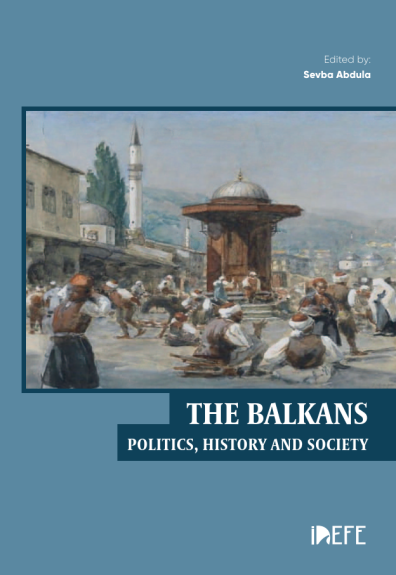Editorial Publishings
The Transformation of the Ottoman Millet System and the Rise of Nationalism in the Balkans: A Case Study of Church Disputes in Florina
Authors
-
Dr. Elif Charlotte NelsonEge University
Synopsis
The Balkans possess a highly diverse religious and sectarian composition and have historically been a region where various nations have striven to assert and main-tain their national identities. The issue of churches and schools, which incited hos-tility and conflict among Christian Orthodox elements within the Ottoman Em-pire, arose when the “millet system”—established to govern Ottoman society—lost its efficacy due to the nationalist movements that emerged from the 19th century onwards (Karal 2003: 84 see also Faroqhi 2005). Regardless of their place of resi-dence within the empire or the language they spoke, non-Muslims were members of a nation whose administrative center was located in Istanbul (Eryılmaz 1992: 13). Under the millet system, the Ottoman Empire recognized three primary na-tions: the Greek, Armenian, and Jewish nations. Each of these nations comprised various ethnic and linguistic groups that were subordinate to the Patriarchate through their respective clergymen. The Greek nation encompassed not only eth-nic Greeks but also all Orthodox Christians, including Serbians, Romanians, Bul-garians, Wallachian’s, Orthodox Albanians, and Arabs (Ortaylı 2005:67).
The Transformation of the Ottoman Millet System and the Rise of Nationalism in the Balkans: A Case Study of Church Disputes in Florina
Downloads
Publication Information
-
Publication TypeChapter
-
Volume
-
Pages393-402
-
Series
-
Series PositionResearch 9
Abdula, S. (Ed.). (n.d.). The Transformation of the Ottoman Millet System and the Rise of Nationalism in the Balkans: A Case Study of Church Disputes in Florina. In The Balkans Politics, History and Society: Vol. Research 9 (pp. 393-402). Idefe Publications. https://doi.org/10.51331/EB06.24ECN
